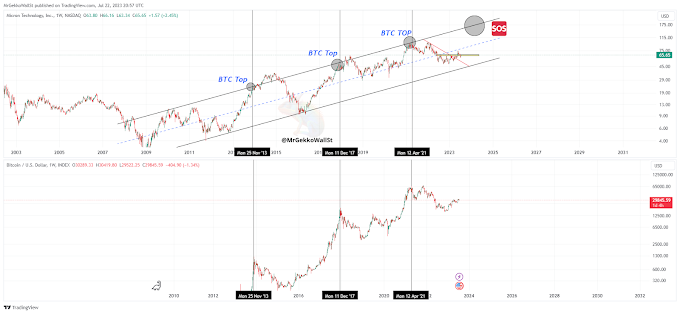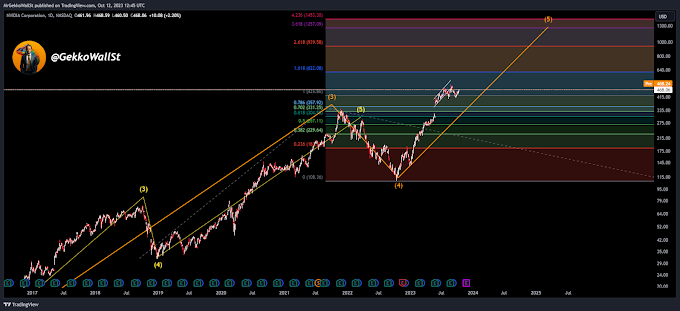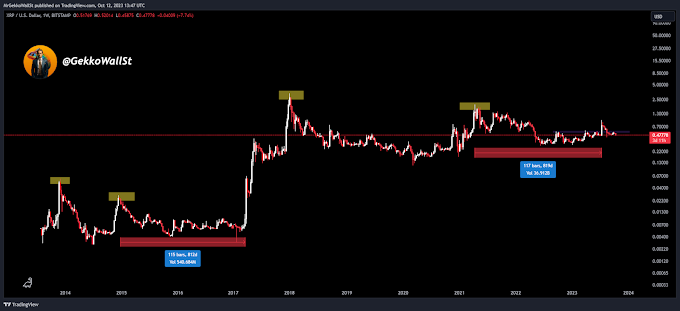Certainly, we are experiencing interesting times in the 2023 financial market. The landscape that unfolds before us is intriguing because it appears that this year could mark the first weaker year of a bull market when compared to the first year of a bull market following the lows of 1987.
However, it's worth remembering that financial history offers valuable lessons. Notably, in the second year after the 1987 low, stocks saw a remarkable increase of 29%. This demonstrates that, despite a potentially slow start, markets have an impressive ability to recover and grow vigorously.
One particularly interesting observation is that since 1950, the second year of a new bull market has consistently been positive in all 15 recorded instances. This reveals the underlying resilience and strength of financial markets over time. History shows us that after an initial phase of uncertainty, investors tend to regain confidence, propelling the market to higher levels.
In this period, the average first-year gains in a bull market are 37.5% (currently, summing up to 19.9% as of September 2023). In the second year, the average gains are 13.5%.
These historical data provide a valuable perspective for current investors, highlighting the importance of maintaining a long-term view and not being swayed by initial volatilities. History teaches us that financial markets have a remarkable capacity to rebound and thrive, offering attractive opportunities for those who remain committed to their investment goals.
Therefore, while the year 2023 may have presented initial challenges, it is essential to maintain confidence in the long-term growth potential of the markets, bearing in mind that history is on our side and that in the second year of a new bull market, the outlook tends to be quite positive.
.png)




